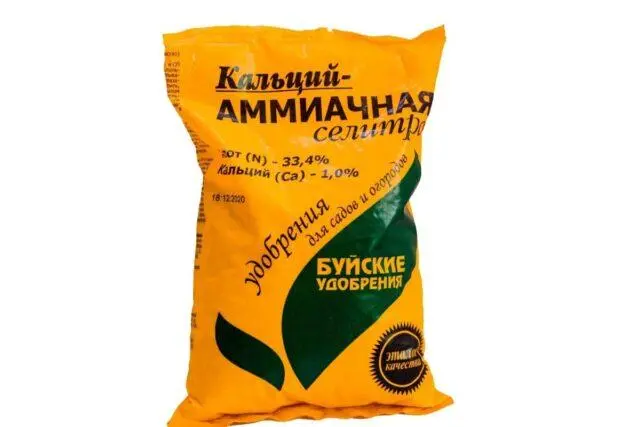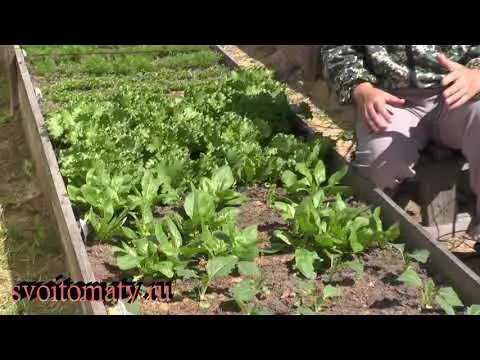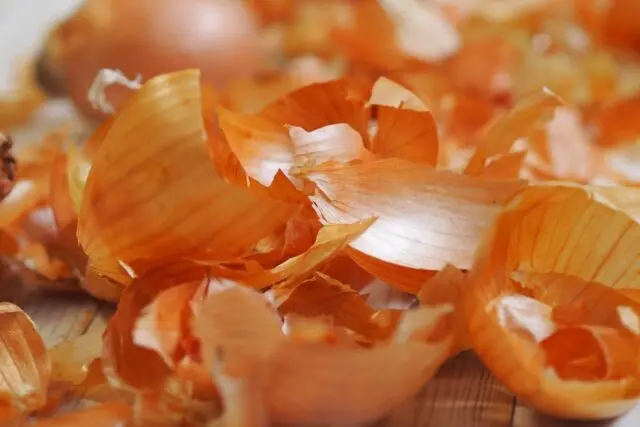Contents
It is necessary to feed dill in the open field with nitrogen, potash and phosphorus fertilizers. You can buy them at any store, as well as make your own. The main recipes and rules for use are described in the article.
Do I need to feed dill
Like any other plant, dill needs to be fed when grown outdoors. If you do not do this, then even on good soil, the yield will be less, and the plants will develop more slowly. Fertilization is necessary for several reasons:
- The soil may be depleted, not fertile enough. In addition, the environment is highly acidic or alkaline, which is why nutrients do not enter the plants in sufficient quantities.
- Top dressing in the spring is essential for rapid growth. This is especially important if the seed is bad and does not germinate.
- When dill has yellow greens, this indicates a lack of nitrogen. Therefore, it is necessary to make an appropriate top dressing, for example, urea or ammonium nitrate.
- Both deficiency and excess of nutrients are bad. So, reddening of the leaves indicates that there is too much potassium in the soil. In this case, stop feeding with potassium salt. This is necessary to restore balance.
Timing for fertilization
When making top dressing, it is very important to choose the timing. The first time fertilizers are applied during the autumn digging of the soil for future planting. It is necessary to close up complex fertilizer (50 g per 1 m2) or make compost, humus in the amount of 1 bucket per square meter. If the soil is clayey, sand or sawdust up to 5 kg should also be added to the same area.
Next, top dressing is applied according to the following schedule:
- Two weeks after mass shoots give nitrogen compositions.
- After two weeks, nitrogen can be added again if the dill does not grow well, give yellow foliage.
- Further top dressing in the open ground is done as needed – if the soil is fertile and the plants develop normally, they can not be given.

The first time fertilizers are applied two weeks after germination.
How to fertilize dill in open ground
For dill, you can use almost any fertilizer – organic, mineral, complex. Suitable and folk remedies. They are just as effective and cost almost nothing. The main formulation options are described below.
Organic Fertilizers
To make dill grow better, it can be fertilized with organic matter. They contain a rich array of elements, including nitrogen, phosphorus and potassium. They provide rapid growth, a set of green mass, increase the immunity of the plant. Among the main organic dressings are the following:
- Humus and compost – these substances contribute in the amount of one bucket per square meter when digging.
- Water infusion of mullein 1:10 is used in the spring. They can be watered with dill for fast growth.
- Bird droppings are used for a similar purpose, making it at the same time. This is a very concentrated fertilizer, so you need to dilute it with water at least in a ratio of 1:20.
- Urea (urea) is an excellent source of nitrogen. It is gradually absorbed by plants and saturates the soil with valuable substances. Provides a quick set of green mass of dill.
Also, green manure is often used from organic matter. This is the name of plants that provide the soil with nitrogen, improve its composition and structure. The most common green manures include mustard, alfalfa, peas, clover, lupins, vetch and others. Sowing is planned for both spring and autumn. Plants are allowed to develop to the flowering stage, and then chopped, mowed and embedded in the soil.
Mineral feed
You can also feed dill in the greenhouse, on the balcony and in the open field with mineral compounds. The most effective means for rapid growth include:
- Saltpeter – ammonium, calcium, sodium.
- Superphosphates (simple, double).
- Potassium compounds (in the form of sulfate, potassium nitrate, potassium salt).
- Feeding dill is done with ammonia. This is an aqueous solution of ammonia, which can be purchased at any pharmacy. It is a source of nitrogen, as well as a prophylactic against pests. Alcohol can be added two weeks after germination – 10 ml per 10 liters. Two weeks later, the same composition is added.
All the described mineral preparations are necessary not only for the rapid growth of dill, but also for the formation of inflorescences. Immediately after germination, the emphasis is on superphosphate and potassium compounds. If there is no time to prepare the mixture yourself, you can make complex top dressing, described below.

Ammonium nitrate is one of the best sources of easily digestible nitrogen
Complex fertilizers
Among the complex dressings for dill, several effective preparations can be distinguished:
- “Bio Absolute”;
- “Forte”
- “Grow”;
- “Ration”;
- “Bioghumus”;
- “NovaTec Solub”.
Each of these products contains vital components – nitrogen, phosphorus and potassium, as well as trace elements. They contribute to the rapid set of green mass and strengthen the immune system. All drugs are used strictly according to the instructions. Even if the dill is clearly lacking in trace elements, it is not worth adding too many substances, since the excess harms even more than the lack.
Humic fertilizers
Liquid humic top dressing is sold in any store for summer residents. It is prepared on the basis of peat, compost, silt deposits. You can purchase the drug “Biud”, which includes several types of manure. The concentrate is diluted in water 20 times.
How to feed dill folk remedies
Folk remedies can also be used to feed dill. For example, nettle infusion is suitable. To prepare it, proceed as follows:
- Harvest young plants that do not yet have seeds.
- Crush a little and fill tightly buckets or barrels up to 2/3 of the volume.
- Pour water, add yeast or bread, kvass – products that stimulate fermentation.
- Insist top dressing for dill at room temperature for a week, stir occasionally.
- When the infusion darkens and stops producing bubbles, the dill dressing is ready.
- She is bred 10 times. Water the dill under the root.
Another top dressing based on folk recipes is yeast infusion. Take 100 g of dry raw materials, dilute in the same amount of warm water (half a glass) and infuse for 2-3 hours. Then diluted in a bucket (10 l) and watered.
Onion peel is a good fertilizer and a natural bactericidal agent for the prevention of infectious diseases of dill. To prepare top dressing, take the husk in the amount of 500-700 g, boil for several minutes in a small amount of water, then filter and dilute to 10 liters.

Onion peel is used as a fertilizer and a bactericidal agent.
Wood ash is often recommended for feeding dill. This is a good fertilizer, but it alkalizes the soil, i.e. increases the pH. Therefore, it should only be used on acidic soils with a pH less than 5,0. If the soil is slightly acidic, neutral or alkaline, wood ash cannot be used.
Fertilization Rules
When making dressings for dill, several rules are taken into account:
- Organics (compost, humus, peat) should be covered even before planting the crop. It slowly releases nutrients, so it will take 6-8 months for complete decomposition. Accordingly, such compositions should be embedded in the soil in the fall on the eve of planting.
- Mineral fertilizers should be alternated with liquid organics (humic, mullein, bird droppings in the form of water infusion).
- All mineral and complex compositions are applied exactly according to the instructions. If necessary, the quantities are measured independently. It is better to do this not “by eye”, but with the help of scales and measuring utensils.
- After watering with a solution with top dressing, the soil should be loosened, if necessary, weed the beds. This saturates the soil with oxygen, the roots get enough air, and the plants develop even faster.
Conclusion
Feed dill in the open field should be on the eve of planting (for six months when preparing the site), as well as two weeks after the appearance of mass seedlings. The rest of the time, fertilizers are applied as needed, monitoring the external condition of the plants. If they develop normally and do not turn yellow, you should not add extra substances to the soil.









